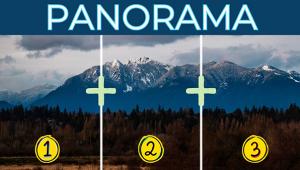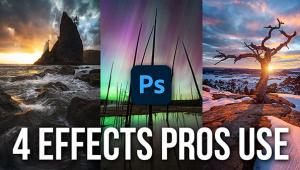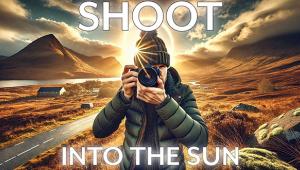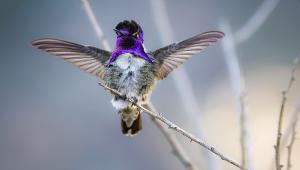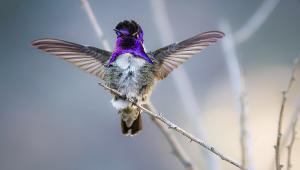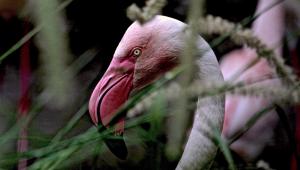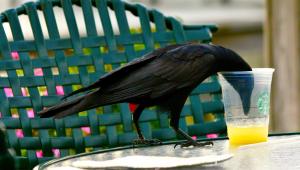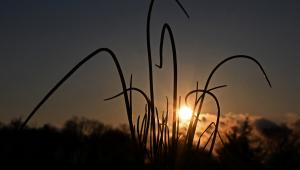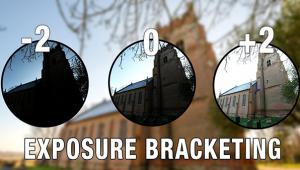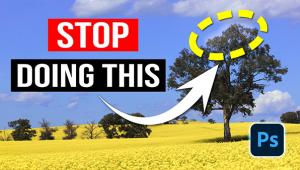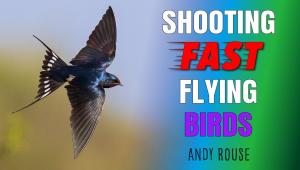Focus Stacking Made Easy for Super Sharp Photos (VIDEO)

Today's basic Photoshop tutorial from one of our favorite nature shooters begins with this question: "Do you run into a problem taking photos when part of the image is in focus, like the background, but other areas like the foreground are really soft? And then when you focus on the foreground instead, the opposite problem occurs."
There's a foolproof technique known as Focus Stacking that rectifies this common occurrence, but it's often overlooked because of a misconception that advanced post-processing skills are required to get the job done. But rest assured that this simplified primer will enable you to add Focus Stacking to your Photoshop workflow—even if you're an inexperienced user.
In basic terms the concept works like this: First you shoot multiple images of the same scene (three shots will often suffice)—each with a different point of focus. Then you "stack" or merge the sequence of photos during post processing to create a single image with maximum depth of field from here to there.
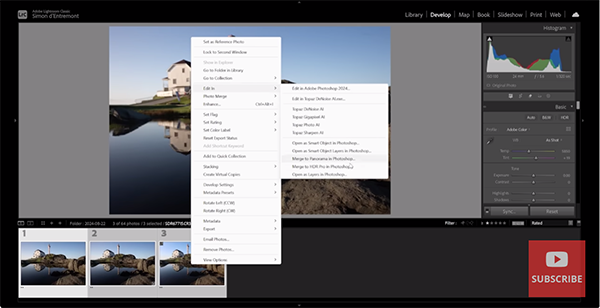
Instructor Simon d'Entremont is a highly acclaimed Canadian pro whose portfolio is full of superb landscape, nature, and wildlife imagery. By following the advice he provides in the nine-minute video you'll be ready to give Focus Stacking a try as soon as the video concludes.
The process begins in the field where you capture the sequence, and it's much easier to be precise when your camera is locked down atop a sturdy tripod. Simon explains when this technique is advisable, how to use it, several handy tricks, and what he considers the most straightforward method of combining the photos during post processing.
According to Simon, this technique comes into play when a scene contains important elements at various distances from the camera; thereby making it impossible to render everything acceptably sharp in a single shot. The Focus Stacking technique is a versatile one that's particularly helpful when shooting landscapes and other complicated outdoor scenes. It's also very powerful for macro photography when depth of field is often measured in fractions of an inch.
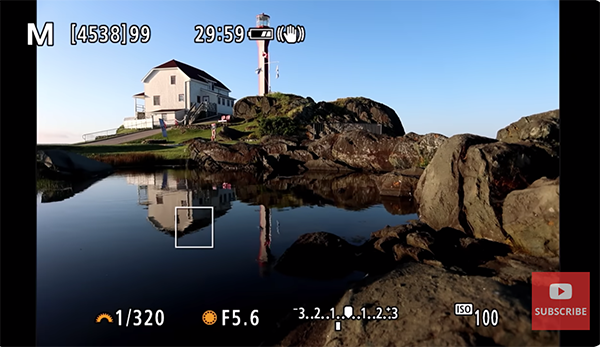
Stopping down the lens is one way to increase the range of focus within the frame, but you'll learn why this simply doesn't work with certain types of scenes. Shooting at minimum aperture also poses serious concerns with regard to image quality and other key variables.
Simon also demonstrates how you can achieve the maximum benefit of depth of field by focusing on a point that's about 1/3 of the way into the scene. But again, this is helpful for capturing a single shot, but it doesn't supplant Focusing Stacking when you want compete sharpness from the foreground to the background and everything in between.
So take a look and then add this technique to your shooting and image-editing workflow. Then check out the tutorial we featured with another accomplished pro who demonstrates an unfamiliar pre-processing strategy for the best landscape photography edits you've ever achieved.
- Log in or register to post comments




